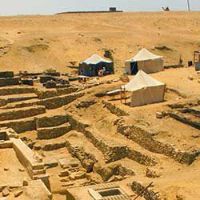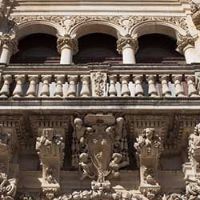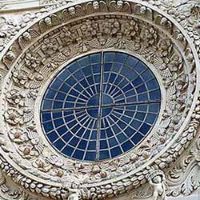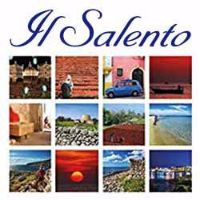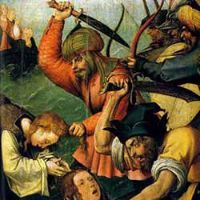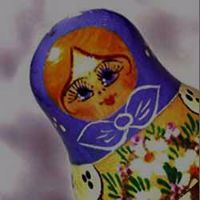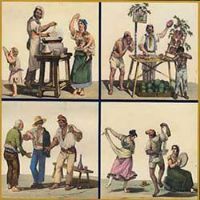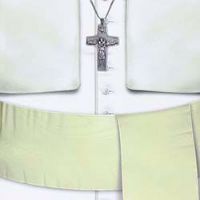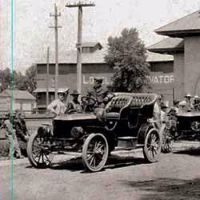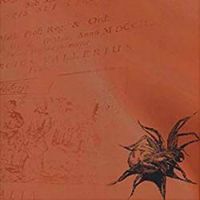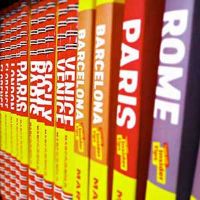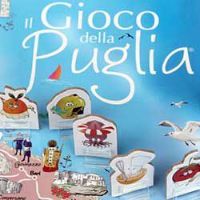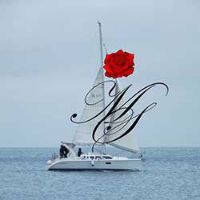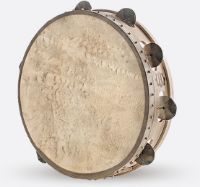pp.82 brossura 21x21 illustrato colori
The borders of Lecce`s area are, for the most part, maritime, as it insinuates oneself deeply between two seas, the Ionian and the Adriatic sea, as far as the extreme southern point of Leuca, also called, for its position, "finibus terrae". The line which marks Lecce`s terrestrial borders, separating her from her sisters, the Salentine provinces of Brindisi and Taranto, isn`t over some forty kilometres, while the coastline extends for over two hundred kilometres. Extraordinarily, from Salentine coasts we can observe either the sun rising from the waters of the Adriatic, or the sunset into those ones of the Ionian. This particular situation could make us think about a merely maritime inclination of the Province and a built-up area towards the coast; instead, it is very different. As a matter of fact, if we except Otranto and Gallipoli, the only maritime communes almost at the antipodes of an ideai East-West front, there are no other resorts that can boast a remarkable , firm and ancient importante. Santa Cesarea became a commune in 1913, and only recently Castro and Porto Cesareo ( the first one in 1977, the second one in 1978); but Santa Maria di Leuca is stili a hamlet belonging to Castrignano del Capo, Roca and S. Foca to Melendugno, Santa Maria al Bagno to Nardò. The reasons for this little inclination towards the sea are above all for the historical vicissitudes of the last centuries, when people left the coast for the danger of plunderers` assaults from the sea, with a consequent transformation of the land into swamps and sand-dunes, making these areas even more difficult to live until they became the undisputed reign of pernicious malaria and pestilential miasmas. A revival of life has happened along the coast or at least in its hinterland through reclamation and afforestation from the first decades of our century onwards and through the settlement of summer houses, which, above all during these late decades of economie boom........(from Introduction)...

